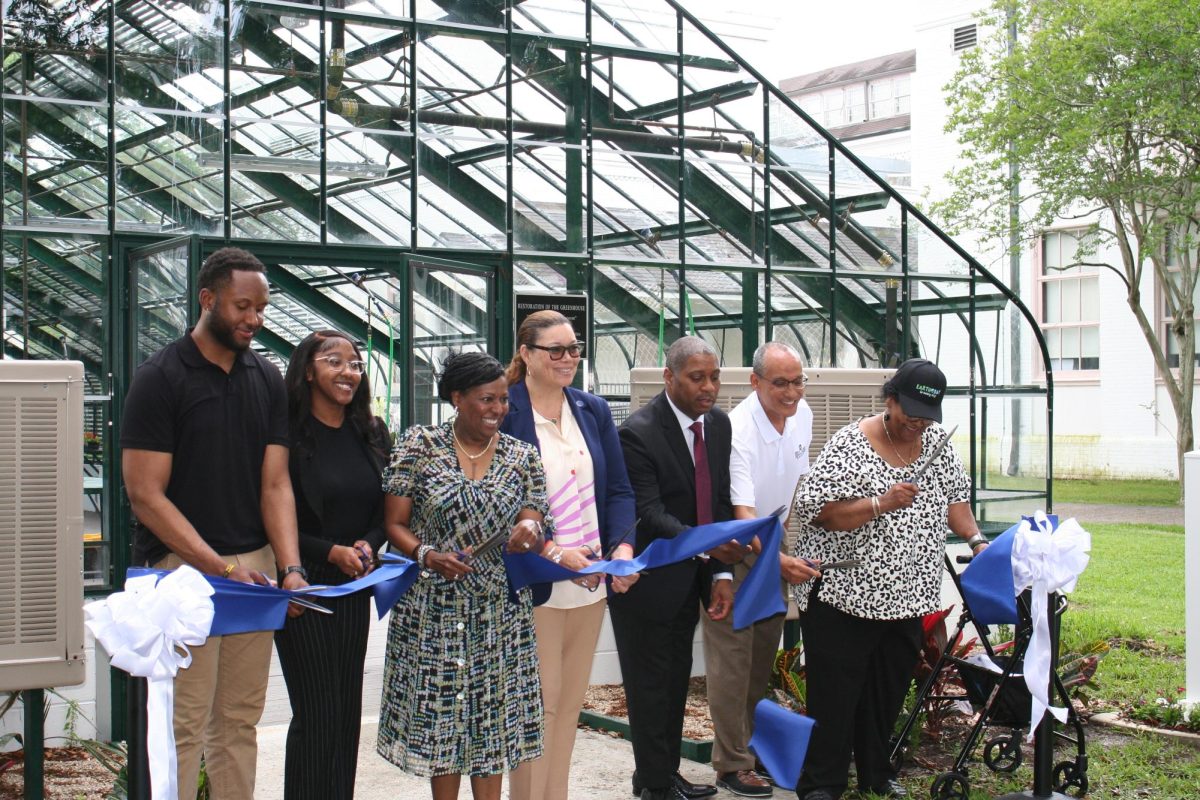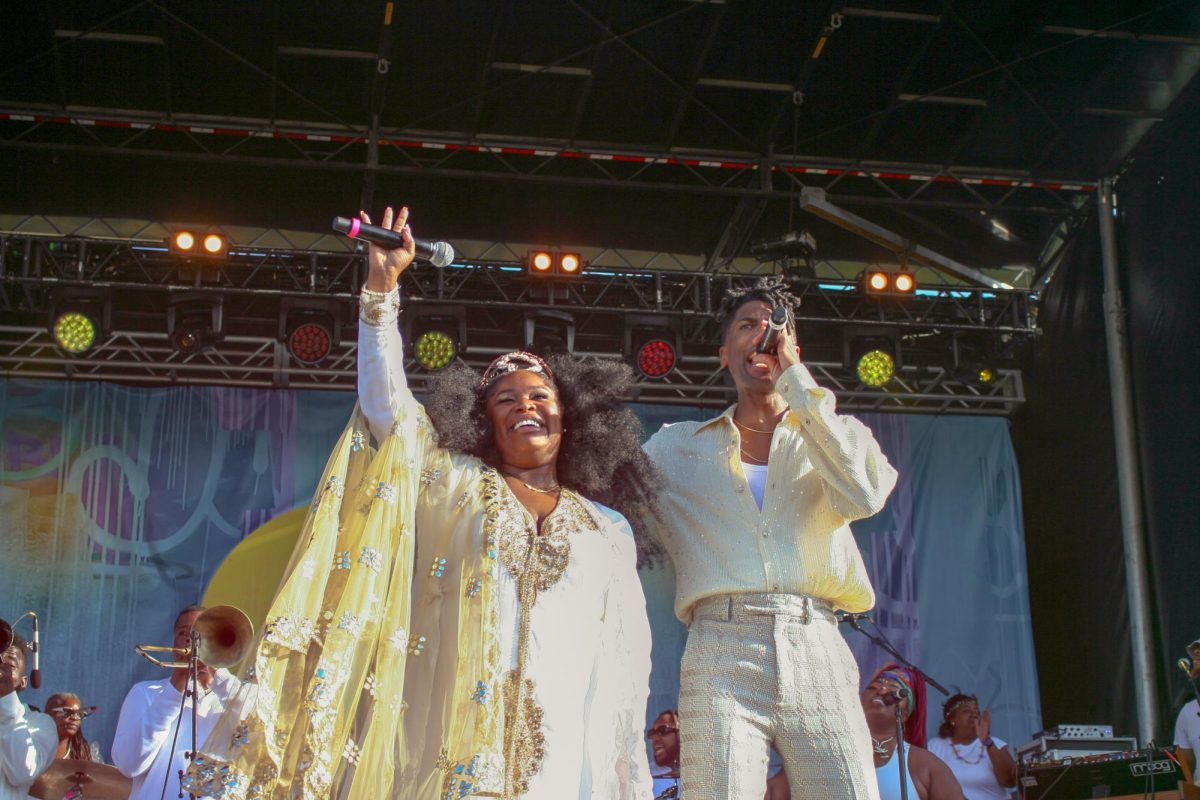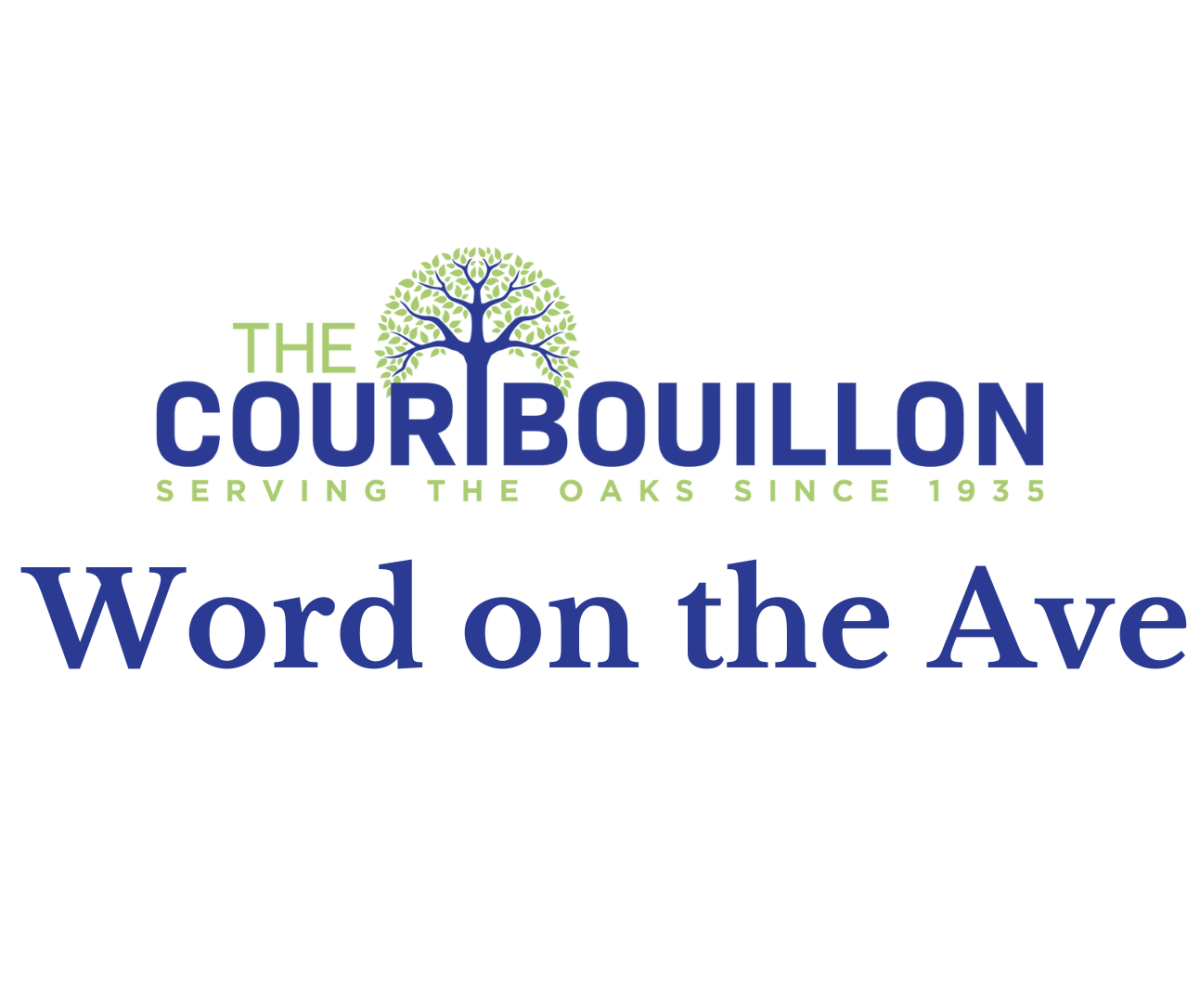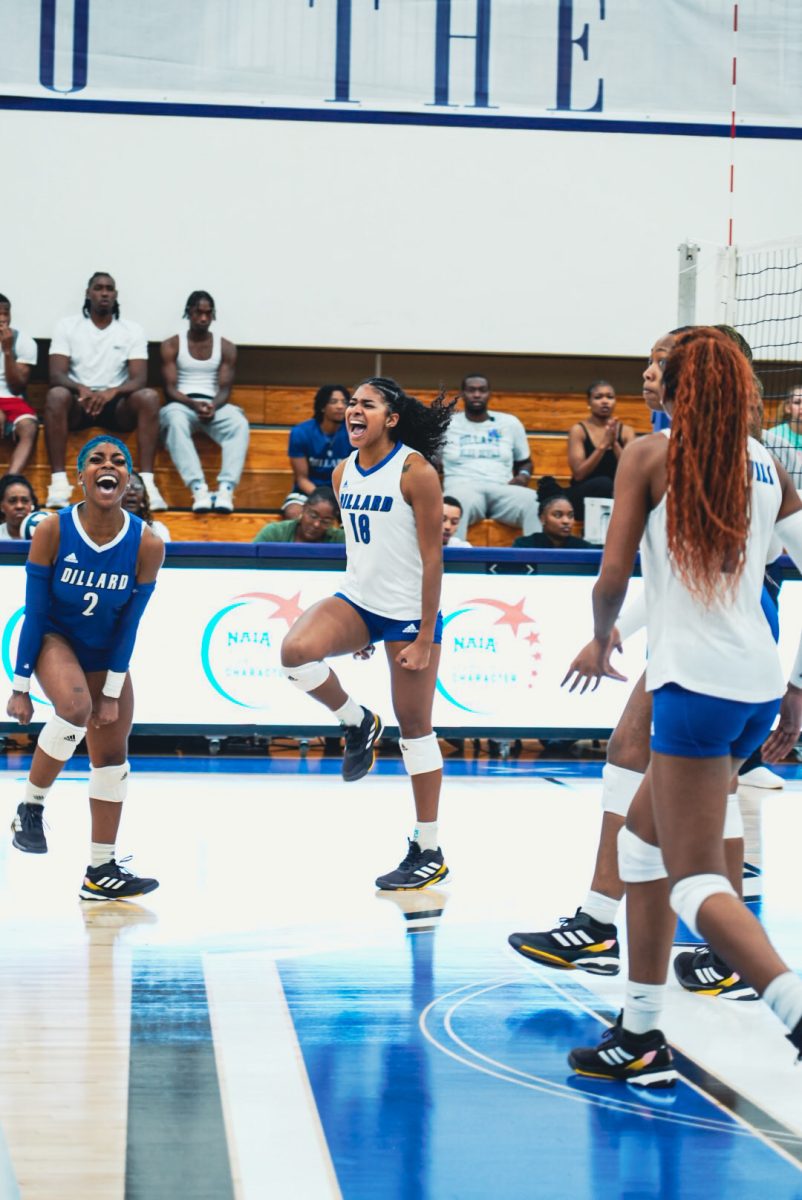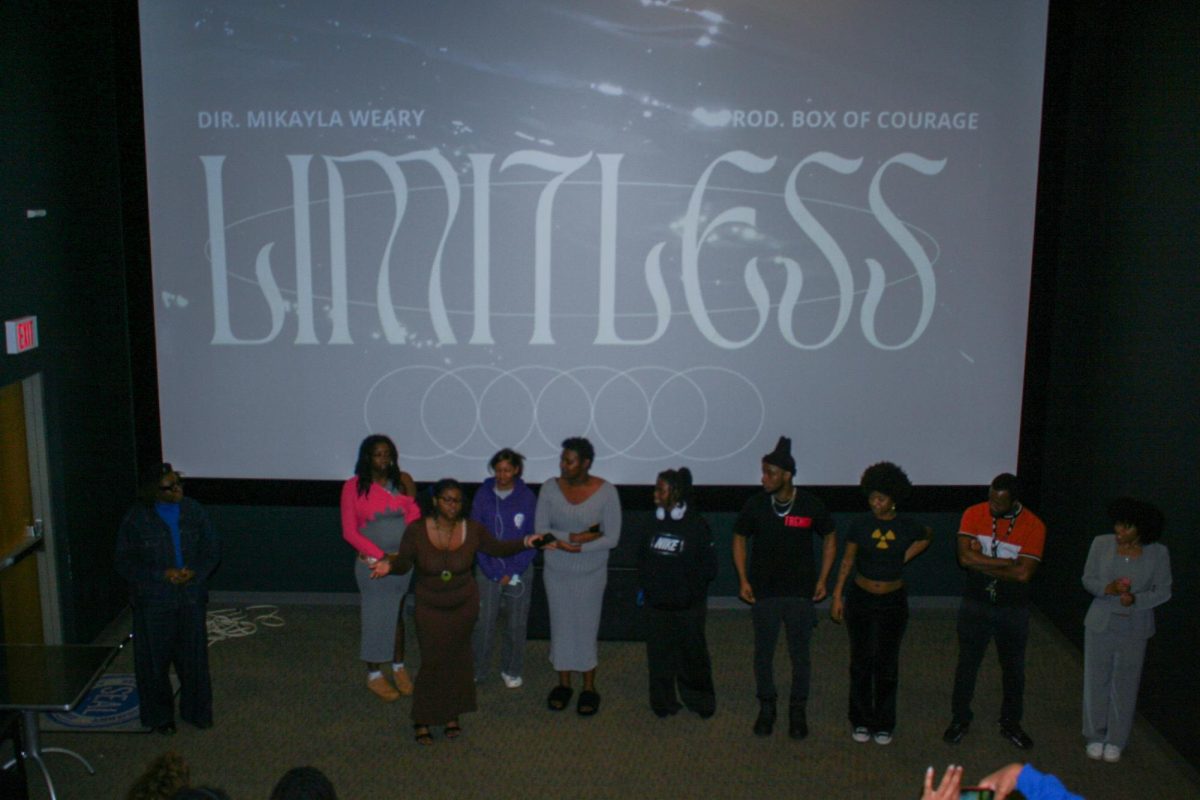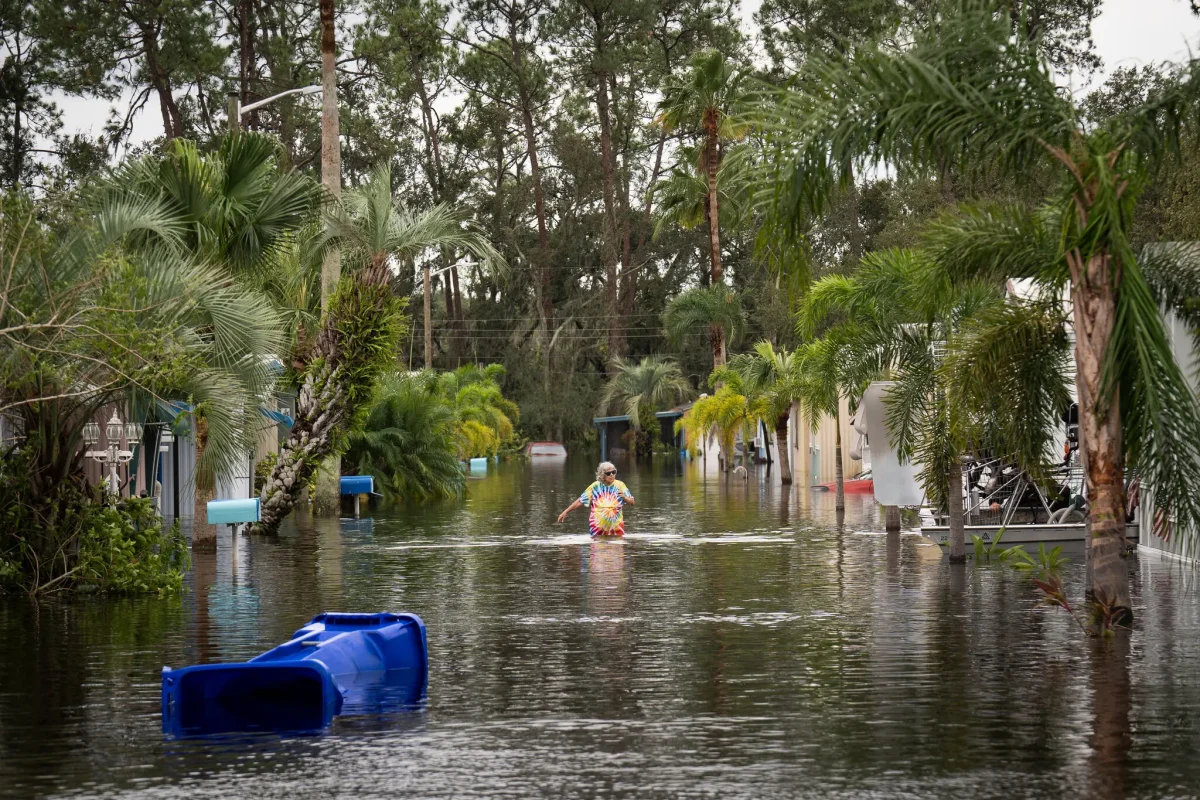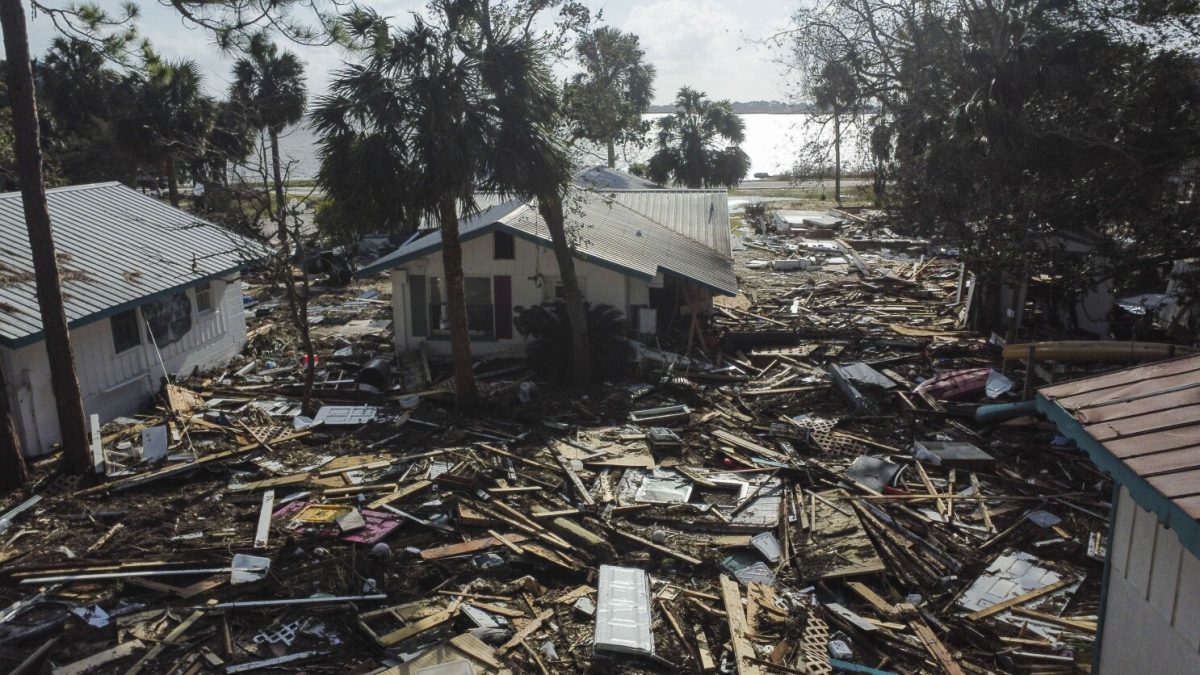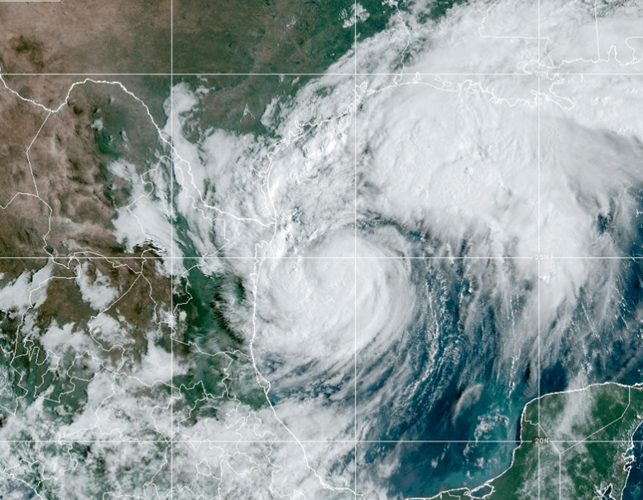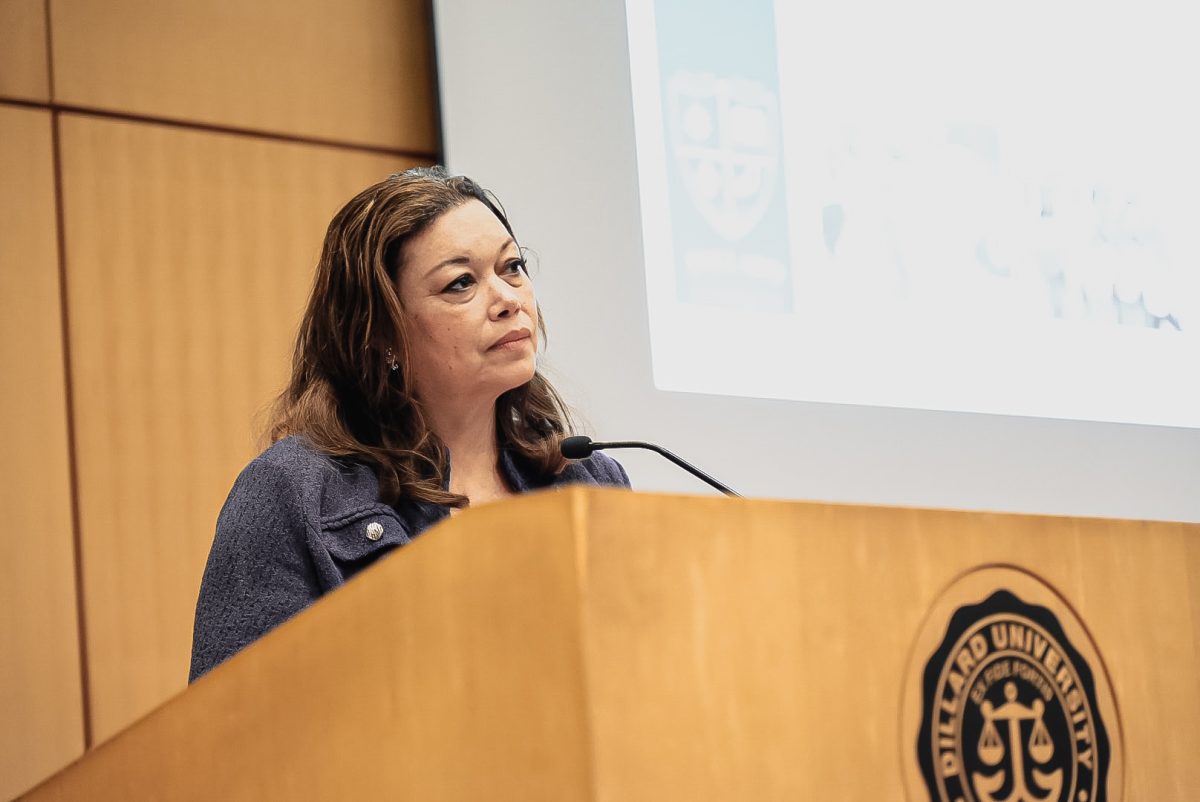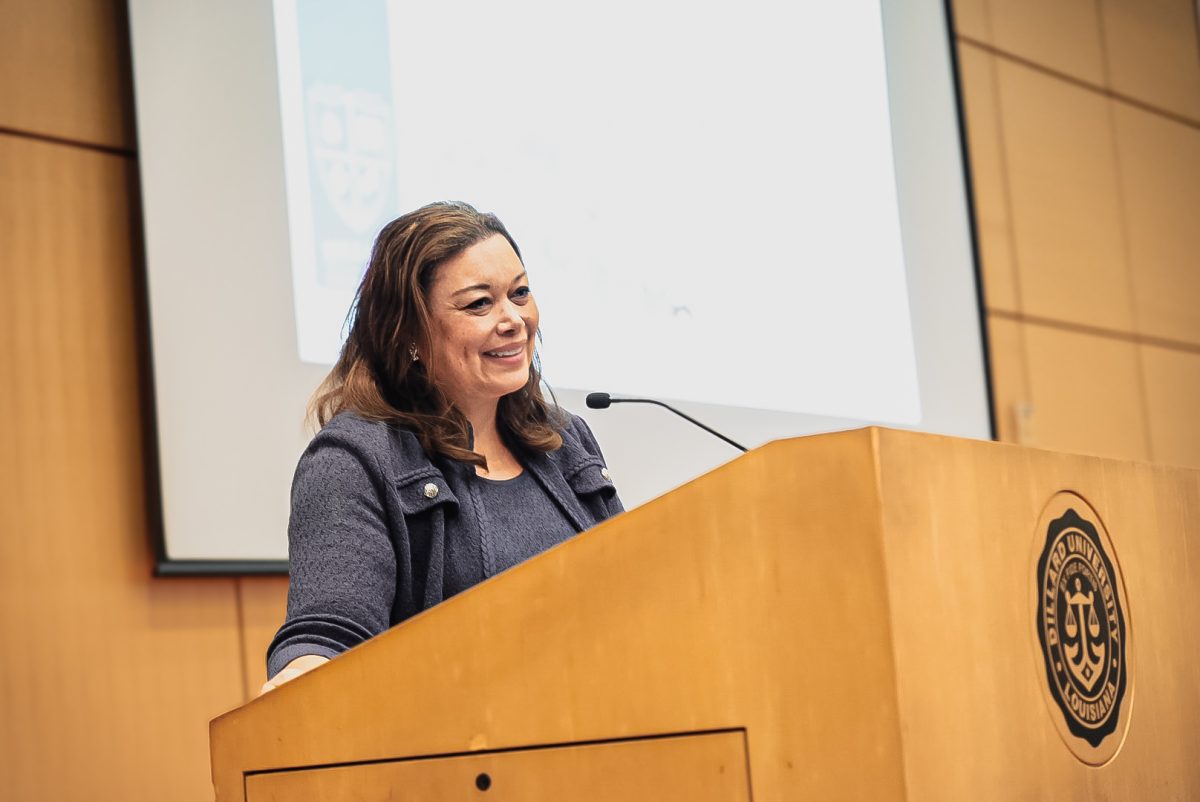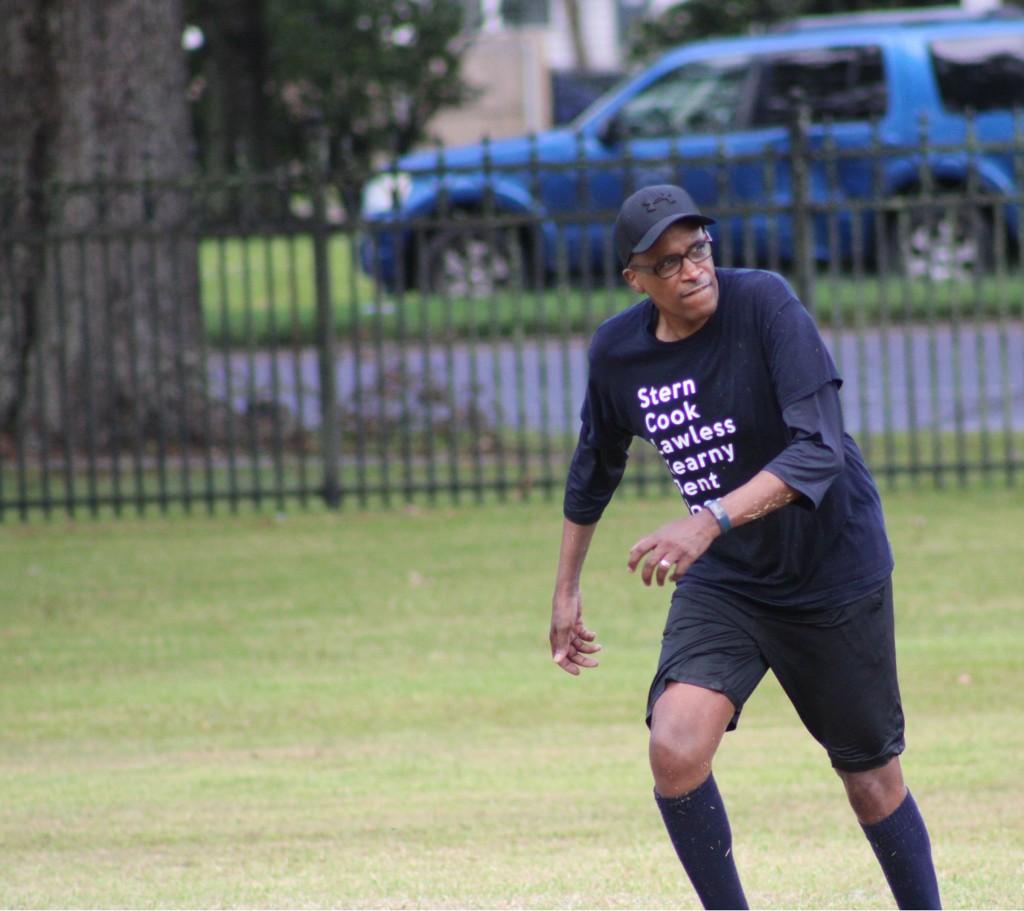It’s been two years since Hurricane Katrina and some residents feel as though New Orleans still has a long rebuilding process ahead. Recovery efforts have been slow, as well as federal dollars to provide common necessities. One might ask if New Orleans will ever fully recover. While construction for new businesses, houses and apartments might be present all over the city, residents of New Orleans are worried that there might not be enough people to fill the quotas. The U.S census states New Orleans has a population of approximately 233,388 residents as of 2006; which is nearly half of the population in the year 2000. Most of the residents who did return moved into suburbs around the city. The areas on the outskirts of New Orleans such as Kenner, Metairie and Avondale have seen populations sustain at least a 95 percent recovery. On the contrary, the drop in population in New Orleans has drastically affected more minorities. A report created from the Brookings Institution, an independent scholars research group found that in 2007, the African American population had declined 57 percent. African Americans experienced a population drop from 302,580 people to 129,192 in comparison to a 36 percent drop for whites, from 119,620 to 76,422. This report shows exactly how the devastation in 2005 affects the demographics of New Orleans. Shannon Wright, a lifetime resident of New Orleans East, said she feels that New Orleans will never be the same. “The memories of my high school, church, neighborhood-everything-is exactly that, memories,” said Wright. “I love New Orleans and that [is] why I returned, but I don’t feel like New Orleans wants me back.” Saul Faal, a returning Dillard University student, said he believes returning to New Orleans has its perks and its pitfalls. “Although Dillard won’t ever be the same, I returned to Dillard because I thought the school was going to be back,” said Faal. “I didn’t want to stay at my school during Katrina because I would miss the Dillard community and the city is cool. I think its going to return.” The study also found that the residents from New Orleans who had to migrate to other cities and couldn’t return were mostly poor and likely to be African-American. According to William H. Grey, a demographer from the Brookings Institution, studies find that most of the people who were unable to return moved to other major cities such as Houston, Texas and Atlanta, Ga. Allison Walters, a former resident of French Quarter, said not returning was the best decision she could have ever made. “There is way too much corruption and crime around New Orleans,” said Walters. “I loved my neighborhood, but I can’t raise my children in a city like that.” While the expressions of former residents differ due to city wide issues, tourist attraction and memories, the study imagines New Orleans to be less populated, with more white residents. The study also mentions that New Orleans is a city with fewer children, renters and uneducated residents. New Orleans is still a majority African American city, followed by whites and Hispanics. The data found that the Hispanic population has actually dropped, despite the increase of the presence of Hispanics downtown and in construction zones. These findings might be because of the unknown count of illegal immigrants in the city. Although the demographics seem to point out drastic changes in the city, the city’s racial make up has broadly been untouched.
Categories:
New Orleans’ returning population differs in demographics
November 6, 2007
0
Donate to Courtbouillon
Your donation will support the student journalists of Dillard University. Your contribution will allow us to purchase equipment and cover our annual website hosting costs.
More to Discover

